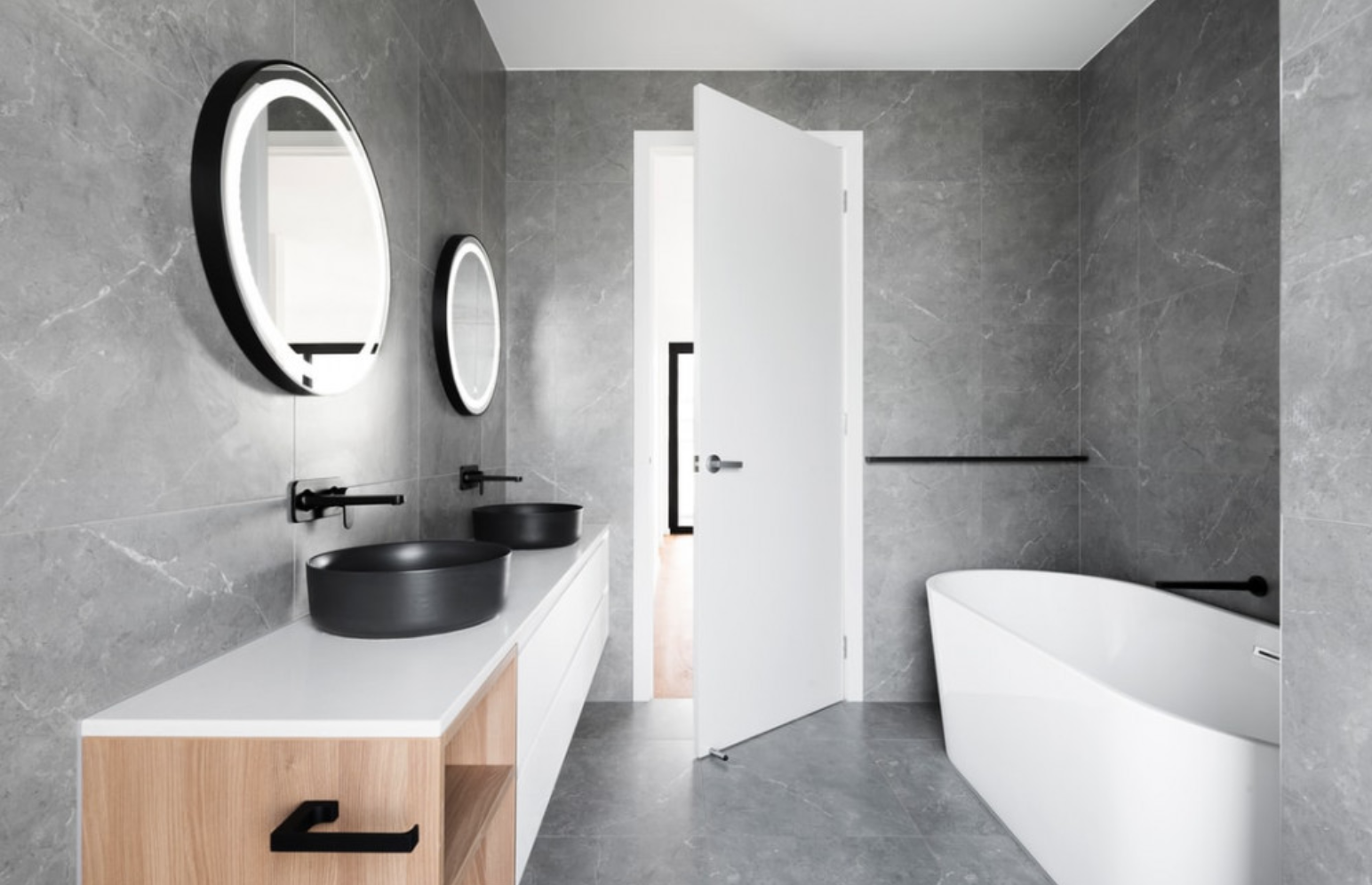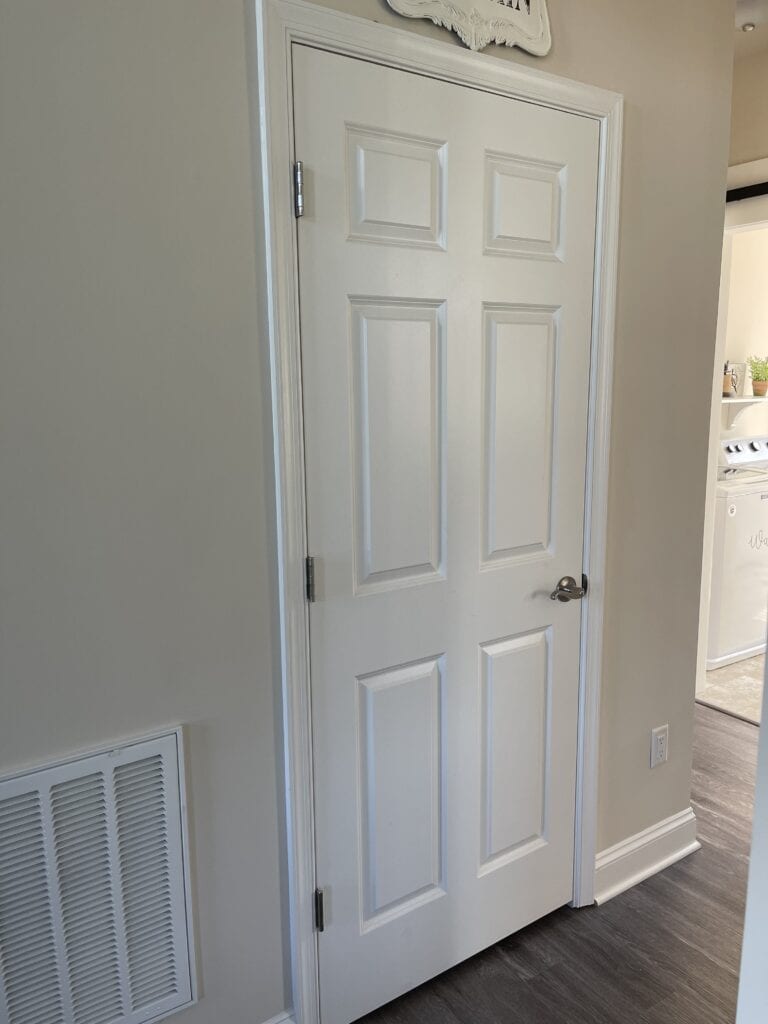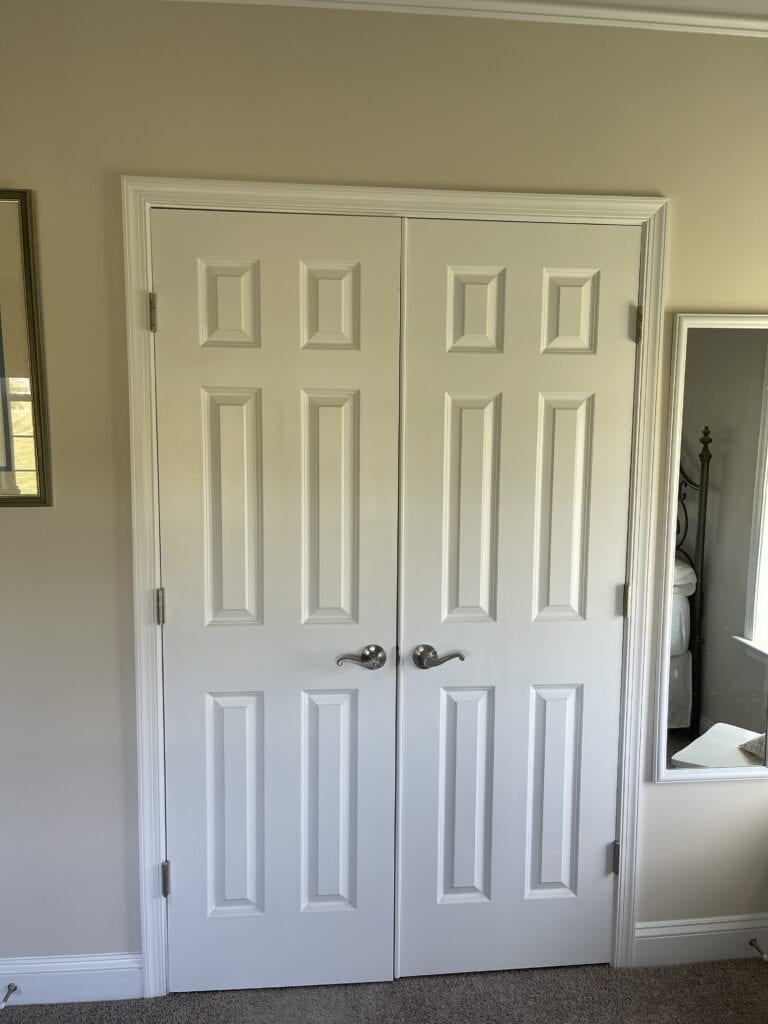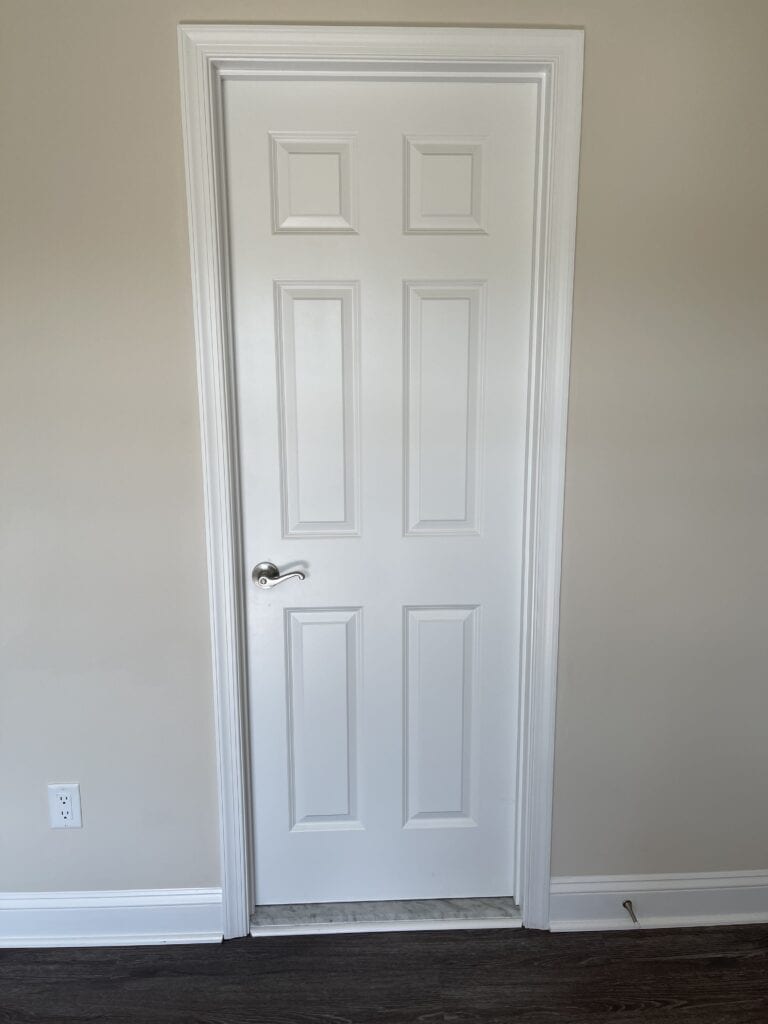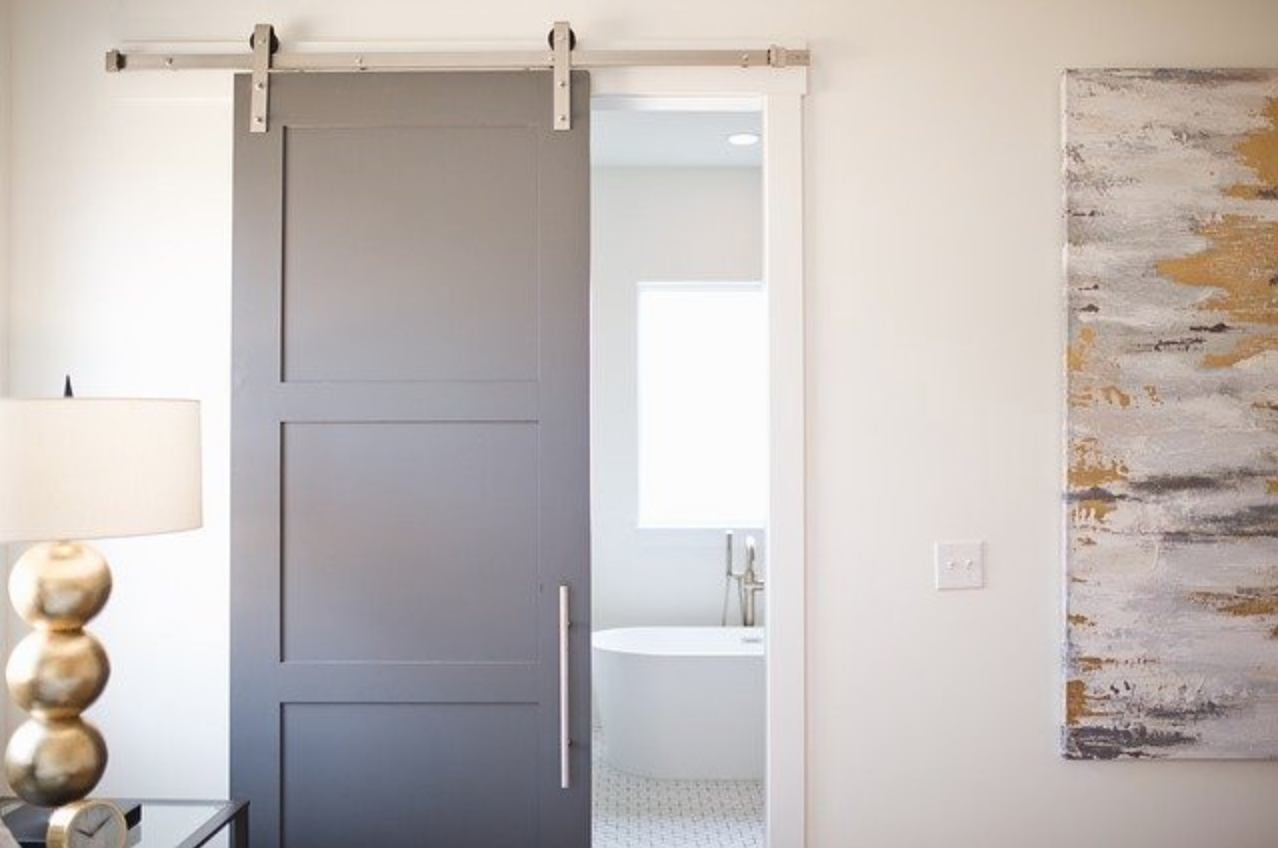Bathroom doors are often smaller than other doors, such as those in bedrooms and the ones that lead outdoors. If you are remodeling, building, or simply curious, you might want to know why this is so. There are building codes that tell you any requirements when you are renovating or building, but you usually have some choices within the range.
Bathroom doors are often smaller than other doors for several different reasons. While there is a requirement that passage doors measure a minimum of 32 inches in width, this doesn’t apply to bathroom or closet doors. As a result, most bathroom doors are 28, 30, or 32 inches. Another reason that people use smaller doors for the bathroom is that you won’t normally be moving large furniture in or out of the room.
That said, it is always important to check your local codes when you are building or renovating. Le’s get to the reasons for the different door sizes.
What Are the Requirements for Interior Doors?
Most jurisdictions in the United States have adopted the International Residential Code (IRC) of the International Code Council (ICC). Although jurisdictions may amend specific IRC requirements, the following applies to most jurisdictions.
Doors that allow you to pass from one room to another are called interior passage doors. They are required to be 80 inches in height. Closet doors can be 78 inches in height. Interior passage doors are also required to be at least 32 inches wide, while closet and bathroom doors can be 28, 30, or 32 inches. They also have rules for the thickness of interior doors, which range from 1 ⅜ inches to 1 ¾ inches. Exterior doors are usually 1 ¾ inches thick.
However, your home may have other sizes for the doors. The reason for this is that some houses were built before codes changed. In fact, some doors were crafted by hand and may be custom sizes. However, if you remodel or build, you will need to comply with the current local building codes.
Do Bathroom Doors Need to Be Wide?
Bathroom doors don’t need to be wide because people don’t usually move furniture into or out of bathrooms. You may place a cabinet or a chair in the bathroom, but these items can fit through a 30-inch or even a 28-inch door. The universal size for wheelchair accessibility recommendation for bathroom doors is 32 inches.
Our model home came with three bathrooms, each with different door sizes. The Jack and Jill bathroom upstairs has 28 inch doors, the master bedroom downstairs has a double door totaling 48 inches (24 inches each door), while the 1/2 bathroom downstairs has a 32 inch door.
I think the rationale for the 1/2 bathroom being a bigger 32 inch door and the double door of the master bedroom downstairs is to fit a potential wheelchair user. The upstairs Jack and Jill bathroom is the smallest as is not expected to be used by someone with a wheelchair.

1/2 bathroom downstairs-32 inch door 
Master bedroom downstairs-total 48 inches (24 inches each door) 
Jack and Jill bathroom upstairs -28 inch door
Are Universal Design and ADA Compliance the Same?
Universal Design and ADA (American Disabilities Act) are not the same thing. The ADA is a federal law, and it was first enforced back in 1992. The law has to do with many things, including egress and space planning. Universal Design is slightly different. It actually started prior to the ADA, and it focuses on more than disabilities. The idea is that designs meet the needs of all people, including those who are disabled, older, younger, and more. It isn’t enforced by law, but it includes seven principles that were created by the Center for Universal Design at North Carolina State University.
The primary difference is that the ADA is a code of laws, while Universal Design is a concept that gives standards. If you want your bathroom to be accessible for people with disabilities, elderly people, and more, you will want to follow their guidelines.
What Are Standard Door Sizes?
When you go to the store, you will find that interior doors come in standard heights, widths, and thicknesses. Take a look at the following information about standard doors:
- 80” in height
- Some are 78” in height
- 32” wide
- Some are 30,” 28,” or 24” wide
- Some are 36” wide
- 1 ⅜” thickness
- Some are 1 ½” or 1 ¾”
- 4 9/16” door jamb thickness
- Some have a 6 9/16” door jamb thickness
Final Words
You may have expected bathroom doors to be the same size as other doors in the house, but that’s often not the case. Bathroom doors don’t have the same requirements as other interior passage doors, and many homes were built before there were codes defining the height and width. Although you can choose different sized doors, it is recommended that you choose standard regulation sized doors so that spaces are universally accessible.
Related Posts:
